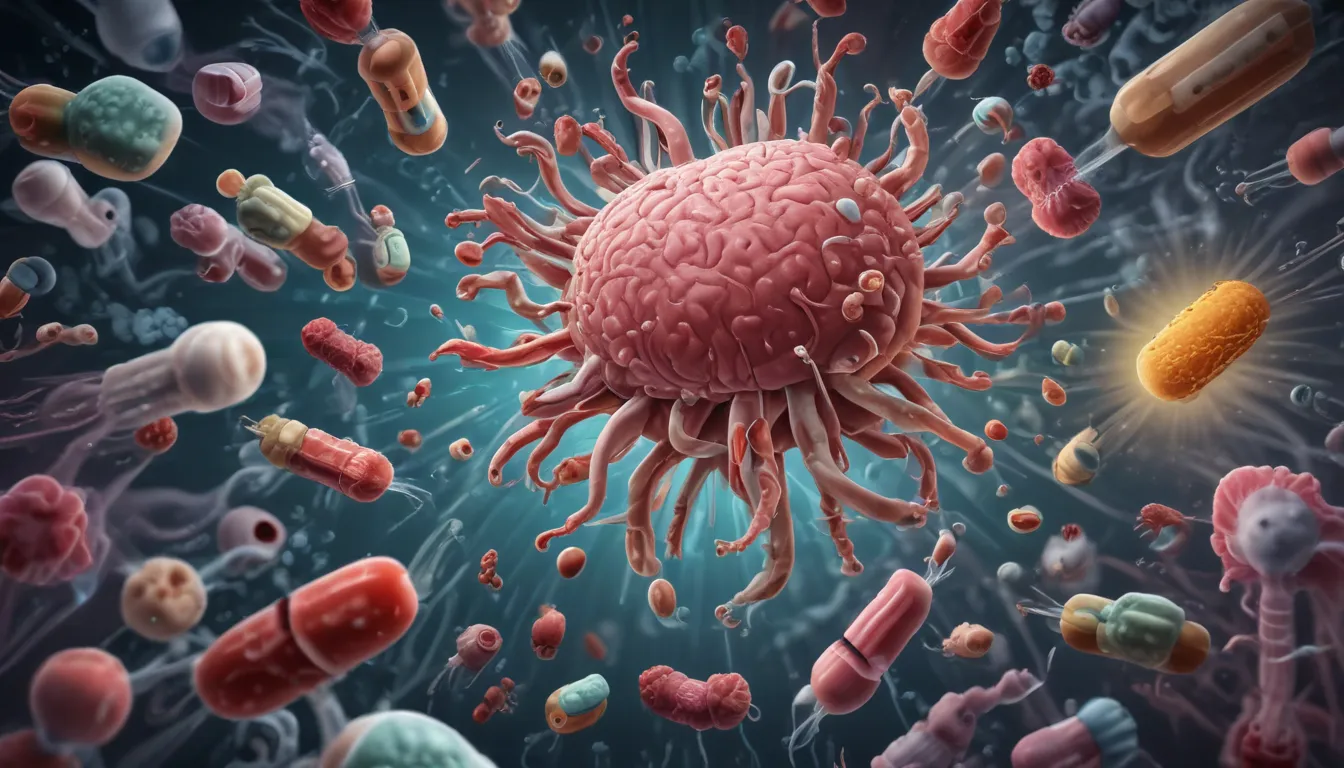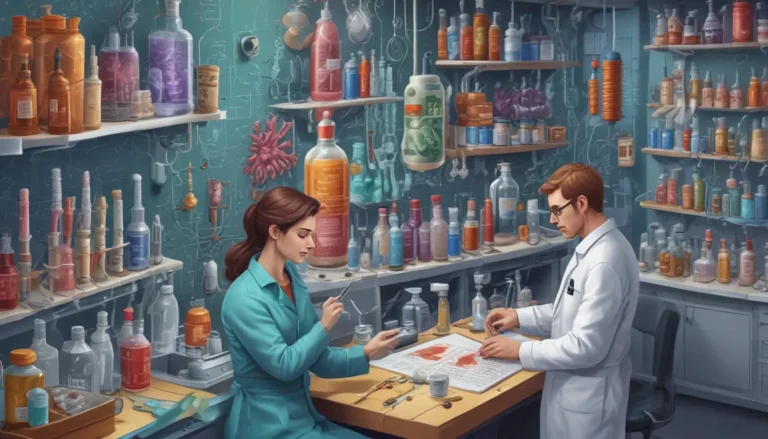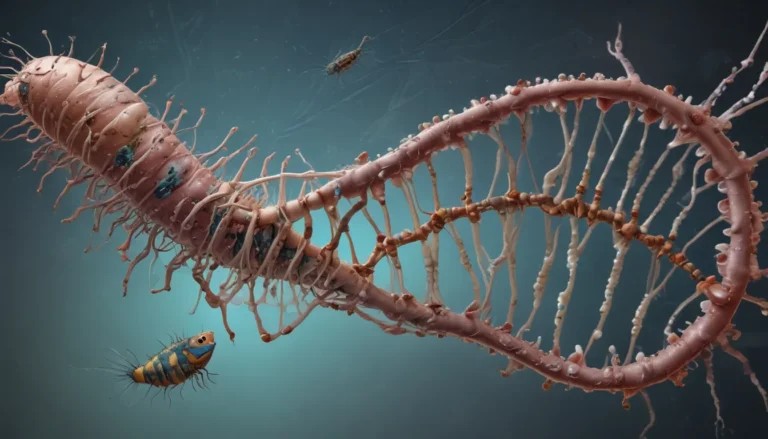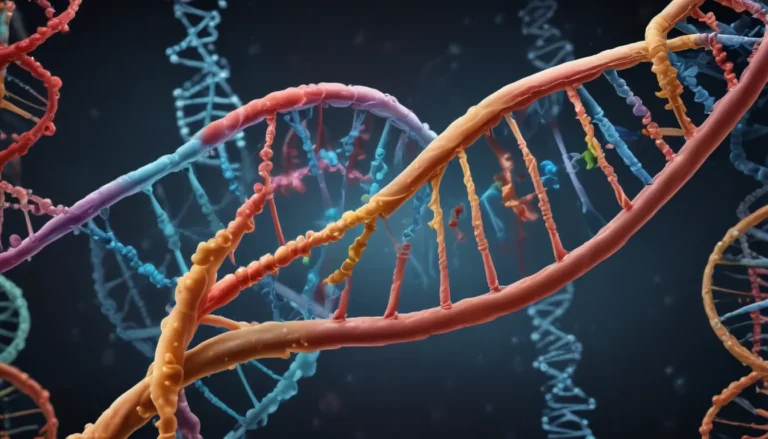A Note About Images: The images used in our articles are for illustration purposes only and may not exactly match the content. They are meant to engage readers, but the text should be relied upon for accurate information.
Antibiotics have been a game-changer in the world of medicine, saving countless lives and effectively treating bacterial infections. However, a new challenge has emerged – antibiotic resistance. This phenomenon occurs when bacteria evolve and become immune to the effects of antibiotics, rendering these life-saving drugs ineffective. Antibiotic resistance is a serious global threat that can lead to the spread of infections that are difficult or even impossible to treat.
In this article, we will dive into the world of antibiotic resistance and uncover 14 fascinating facts that shed light on this pressing issue. From the concerning rise in resistant infections to the contributing factors and potential consequences, we will unravel the complexities surrounding antibiotic resistance. So, let’s embark on this journey together and gain a deeper understanding of the challenges we face in combating this urgent problem.
Antibiotic Resistance: A Growing Concern
Antibiotic resistance refers to the ability of bacteria to withstand the drugs designed to kill them. It has become a significant worldwide issue, threatening the effectiveness of antibiotics in treating infections and diseases.
The Cause of Antibiotic Resistance
Bacteria can naturally evolve and develop resistance to antibiotics over time. However, human activities such as the misuse and overuse of antibiotics in healthcare, agriculture, and animal husbandry have accelerated the emergence and spread of resistance.
The Impact of Overusing Antibiotics
Using antibiotics when they are not necessary or prescribed incorrectly can contribute to the development of antibiotic resistance. It is crucial to use antibiotics judiciously and only when truly needed to combat bacterial infections.
Antibiotic Resistance at the Human-Animal Interface
Antibiotic-resistant bacteria can be transmitted between humans and animals, posing a threat to public health. The use of antibiotics in veterinary medicine and livestock production can contribute to the development and spread of resistance.
The Consequences of Antibiotic Resistance
Infections caused by antibiotic-resistant bacteria can lead to longer hospital stays, increased healthcare costs, and more intensive care for patients. This places a significant burden on healthcare systems and individuals.
The Challenge of Developing New Antibiotics
Discovering and developing new antibiotics is a lengthy and complex process that requires years of research and significant investment. This slow pace contributes to the challenges of combating antibiotic resistance.
The Threat to Modern Medicine
Antibiotic resistance poses a threat to common medical procedures such as surgeries, cancer treatments, and organ transplants. Without effective antibiotics, these procedures become riskier due to the increased chance of infection.
The Role of Combination Therapies
Using multiple antibiotics in combination can be an effective strategy to combat resistant bacteria. This approach targets different mechanisms of resistance, making it harder for bacteria to develop resistance to multiple drugs simultaneously.
Antibiotic Resistance in the Environment
Antibiotic-resistant bacteria can enter the environment through contaminated soil, water, and food, contributing to the spread of resistance genes among different bacterial populations.
The Importance of Public Awareness
Increasing public awareness about the proper use of antibiotics, the consequences of resistance, and infection prevention measures can play a significant role in mitigating the spread of antibiotic resistance.
The Role of Vaccinations
By preventing infections through vaccination, the need for antibiotics can be reduced. Vaccines help protect against various diseases and decrease reliance on antimicrobial drugs.
The Need for Rapid Diagnostics
Rapid diagnostic tests that can quickly identify antibiotic-resistant infections are essential for guiding appropriate treatment and avoiding unnecessary antibiotic use.
The Criticality of Antibiotic Stewardship
Implementing antibiotic stewardship programs in healthcare settings can optimize antibiotic use, ensuring they are prescribed only when necessary and at appropriate dosages to minimize the development and spread of resistance.
Collaboration Is Key
Addressing antibiotic resistance requires a collaborative effort among healthcare professionals, researchers, policymakers, and the general public. Working together can help implement effective strategies to combat this global health challenge.
In conclusion, antibiotic resistance is a significant global issue that presents challenges in the field of medicine. Understanding the complexities of antibiotic resistance is crucial in finding innovative solutions to combat this growing problem. By recognizing the facts presented in this article and spreading awareness, we can strive to implement better antibiotic stewardship, promote the development of novel antibiotics, and explore alternative approaches for treating bacterial infections. It is imperative that we work together as a global community to address this challenge and ensure the effectiveness of antibiotics for future generations.
FAQs: Answering Your Questions on Antibiotic Resistance
Q: What is antibiotic resistance?
A: Antibiotic resistance refers to the ability of bacteria to survive and grow despite exposure to antibiotics.
Q: How does antibiotic resistance develop?
A: Antibiotic resistance can develop through various mechanisms, such as genetic mutations in bacteria or acquiring resistance genes from other bacteria.
Q: Can antibiotic resistance be reversed?
A: While some cases of antibiotic resistance can be reversed, it is becoming increasingly challenging as new resistant strains emerge.
Q: How can individuals help combat antibiotic resistance?
A: Individuals can contribute by following prescribed antibiotic regimens, not sharing antibiotics, and practicing good hygiene to prevent infections.
Q: Are there new antibiotics being developed?
A: Ongoing research and development of new antibiotics are underway, but the process is complex and time-consuming.
Q: Can antibiotic resistance be prevented?
A: Responsible antibiotic use, proper infection control practices, and the development of new antibiotics are essential in preventing antibiotic resistance.
Our commitment to delivering trustworthy and engaging content is at the heart of what we do. Each fact on our site is contributed by real users, bringing a wealth of diverse insights and information. Trust in our commitment to quality and authenticity as you explore and learn with us. Let’s work together to combat antibiotic resistance and preserve the effectiveness of antibiotics for generations to come.






